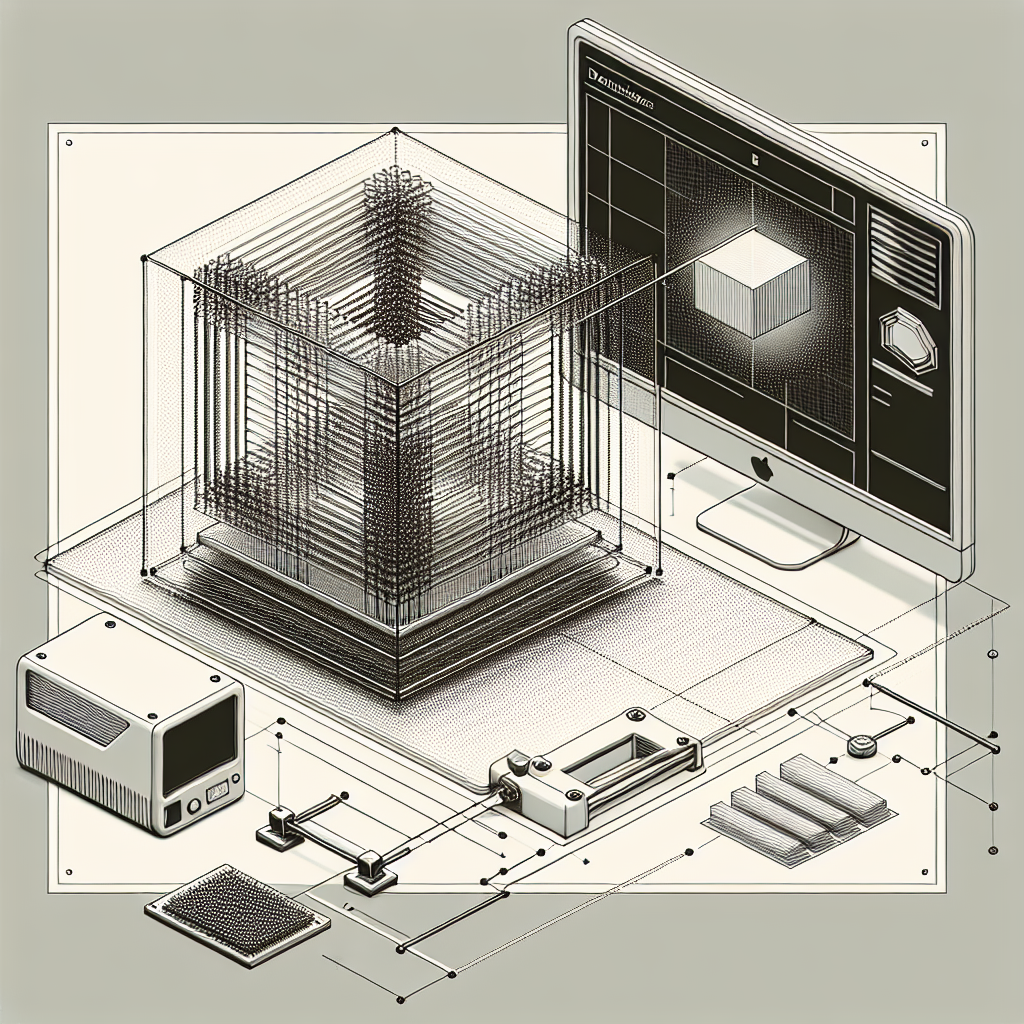The Best Free and Paid Slicing Software for 3D Printing
When it comes to 3D printing, slicing software is the unsung hero that transforms your digital 3D models into printer-ready instructions. Whether you’re a hobbyist tinkering in your garage or a professional running a print farm, the right slicer can be the difference between a flawless print and one destined for the recycling bin. Drawing upon years of hands-on experience and countless successful prints, I’ve compiled this guide to the best free and paid slicing software for 3D printing.
What is Slicing Software?
Slicing software takes a 3D model (usually in STL, OBJ, or 3MF format) and “slices” it into horizontal layers. It then generates G-code, the machine language that instructs your 3D printer exactly how to move, extrude, and build the object layer by layer. The quality of your prints often hinges on the capabilities and features of your chosen slicer.
The Best Free Slicing Software
Ultimaker Cura
Arguably the most popular slicer on the planet, Ultimaker Cura is open-source, easy to use, and packed with features. It supports a wide range of printers and has a massive community for support. Cura’s intuitive interface is perfect for beginners, yet its advanced settings allow seasoned users to tweak every aspect of their prints. Frequent updates ensure compatibility with new printers and materials.
PrusaSlicer
Developed by Prusa Research, PrusaSlicer is based on the original Slic3r engine but has evolved into a powerhouse for both Prusa and non-Prusa printers. It’s particularly praised for its smooth handling of complex support structures, customizable print settings, and multi-material support. Frequent updates and open-source status make it a favorite in the community.
Slic3r
The granddaddy of open-source slicers, Slic3r is less visually polished than Cura or PrusaSlicer but highly customizable. It’s a great option for tinkerers who want granular control over every print parameter. It also supports advanced features like sequential printing and custom G-code scripting.
IdeaMaker by Raise3D
IdeaMaker offers an attractive UI and ease of use, with advanced features like support for template profiles and customizable supports. It’s designed by Raise3D for their printers but works well with many FDM printers. Its community-driven profiles make it a good choice for both new and experienced users.
The Best Paid Slicing Software
Simplify3D
Long considered the gold standard in commercial slicers, Simplify3D offers granular control, outstanding support generation, and compatibility with a broad range of 3D printers. Its speed and ability to handle large, complex models efficiently have kept it in favor, especially for professional or production environments. However, development updates have slowed recently, so potential buyers should assess whether its feature set meets current needs.
Netfabb (Autodesk)
Netfabb is more than just a slicer—it’s a comprehensive additive manufacturing suite aimed at professionals and industrial users. It offers powerful repair tools, advanced mesh editing, and simulation features to predict print outcomes. While its price and complexity put it out of reach for the average hobbyist, Netfabb is invaluable for those who need reliability and advanced functionality in a professional setting.
Pathio (Discontinued, but worth a mention)
Though no longer actively developed, Pathio was praised for its novel approach to slicing, aiming to bridge the gap between user input and slicing logic. Its legacy and ideas continue to influence new slicer development.
Key Considerations When Choosing a Slicer
- Printer Compatibility: Ensure your slicer supports your specific printer model.
- Ease of Use vs. Advanced Features: Beginners may prefer simple interfaces, while pros will want deep customizability.
- Support Structures: The ability to customize and optimize supports can save time and filament.
- Update Frequency: Active development means bugs get fixed and new features are added.
- Community and Resources: A strong user community means more profiles, tips, and troubleshooting support.
Conclusion
The world of 3D printing slicing software is rich and ever-evolving. Free tools like Cura and PrusaSlicer offer outstanding quality and features for most users, while paid options like Simplify3D and Netfabb provide advanced controls for professionals and businesses. No matter your skill level or budget, there’s a slicer that will fit your needs and help you get the most out of your 3D printer. Don’t be afraid to experiment—sometimes the best way to find your ideal slicer is to try a few and see which fits your workflow best. Happy printing!

Leave a Reply